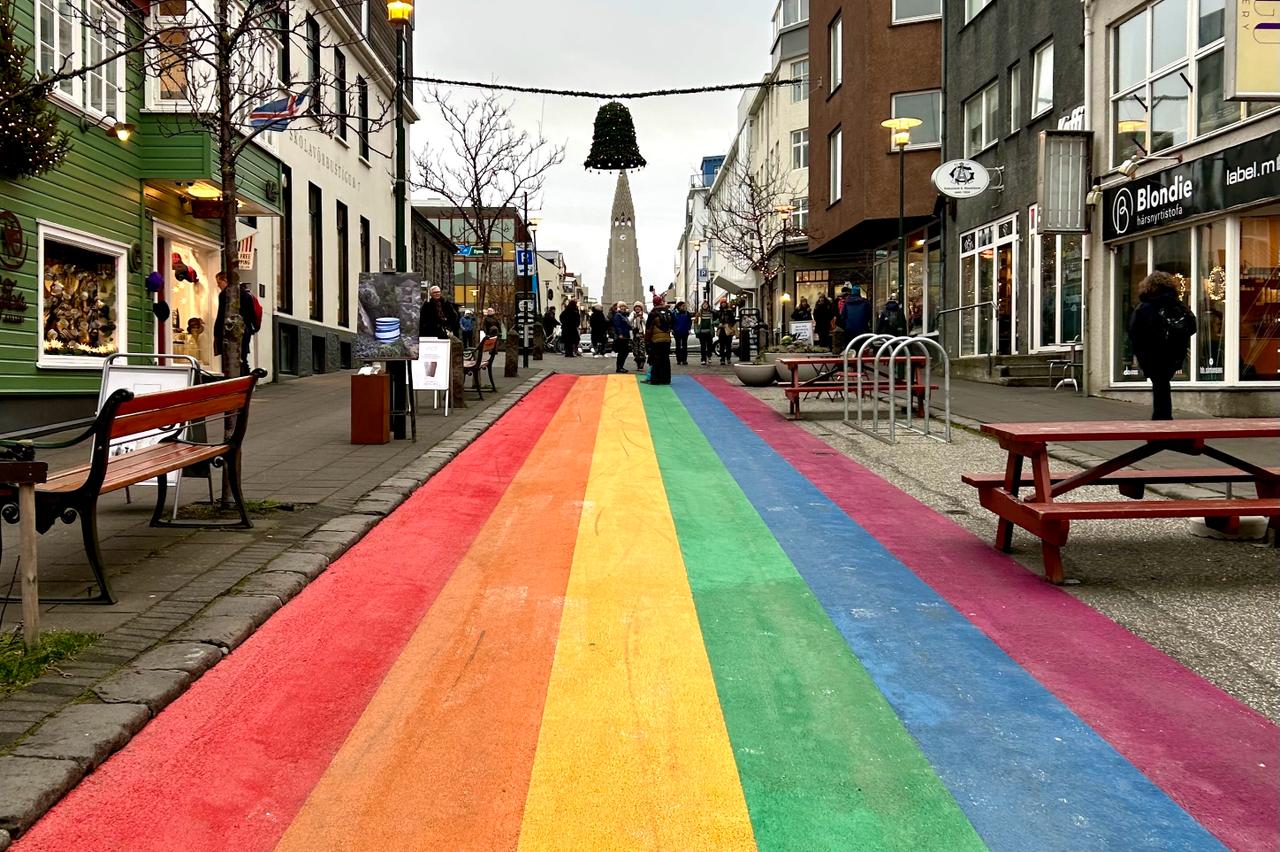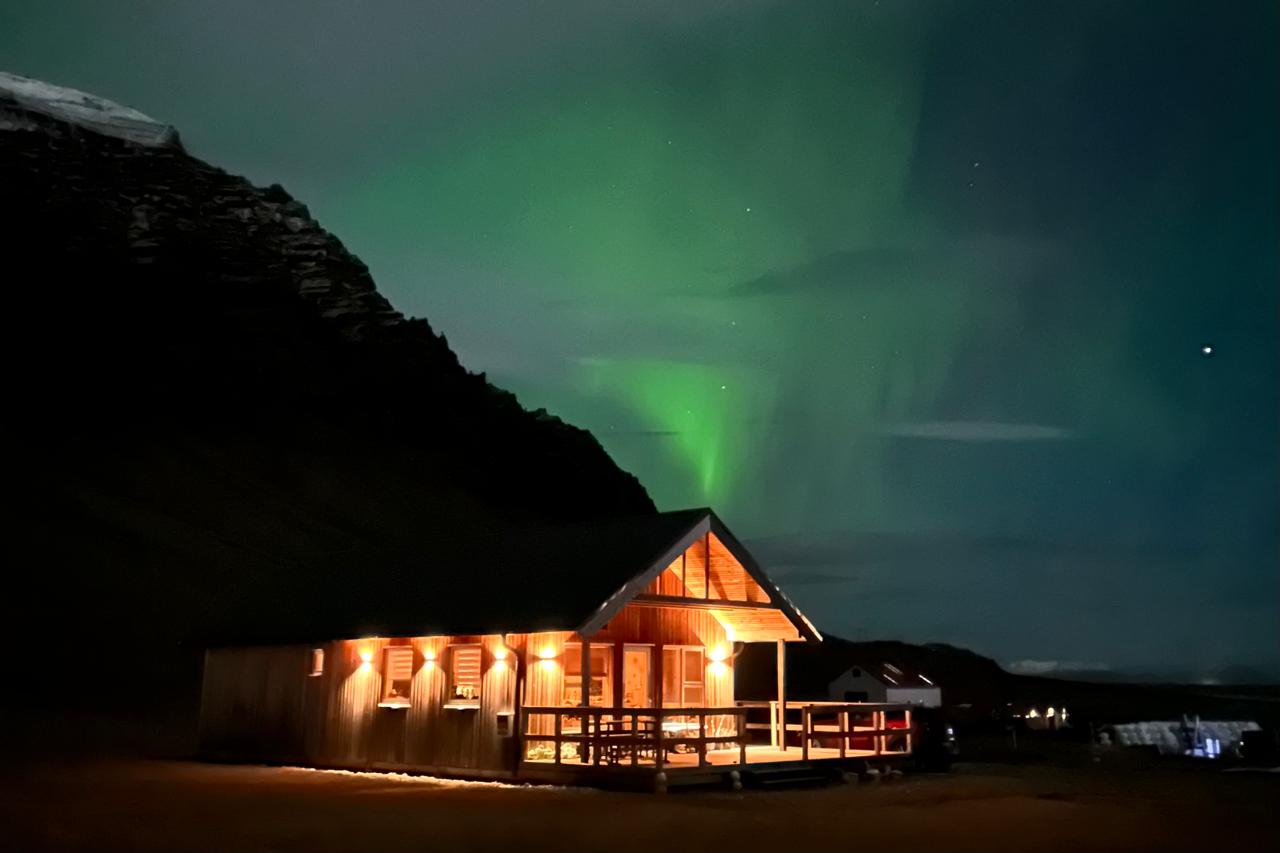ICELAND
The land of fire and ice
Fall in love with this country that looks like a scene from another planet
Iceland is known as the land of fire and ice because in it's 39,800 sq mi2two giants coexist: glaciers and active volcanoes; both majestic and magnanimous in their nature. There are currently 269 glaciers (some are listed as the biggest in Europe) that cover a little over 10% of the island, and around 130 active volcanoes. And all of this, in an "extreme" geographical location that adds a dose of magic for every season of the year: days of complete darkness during winter and full sunlight days in the summer.







